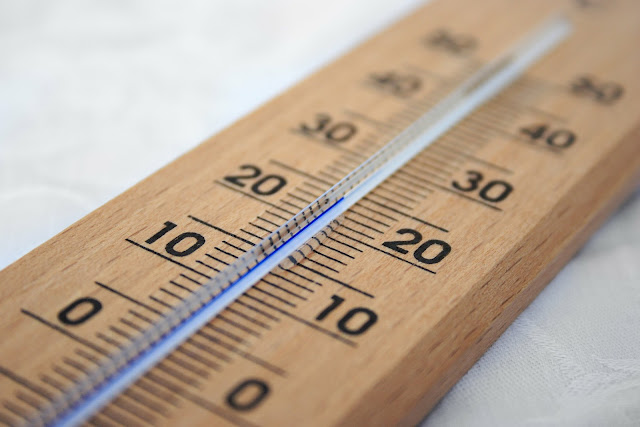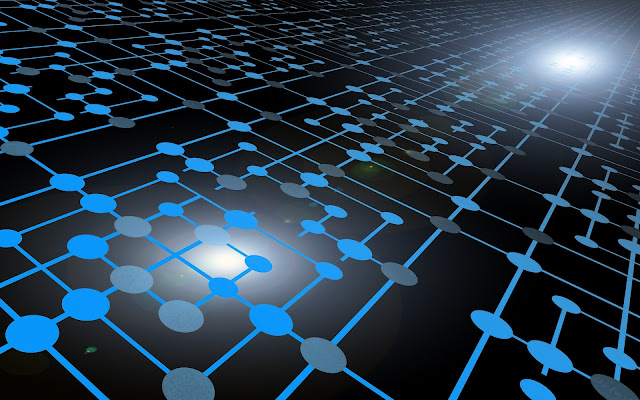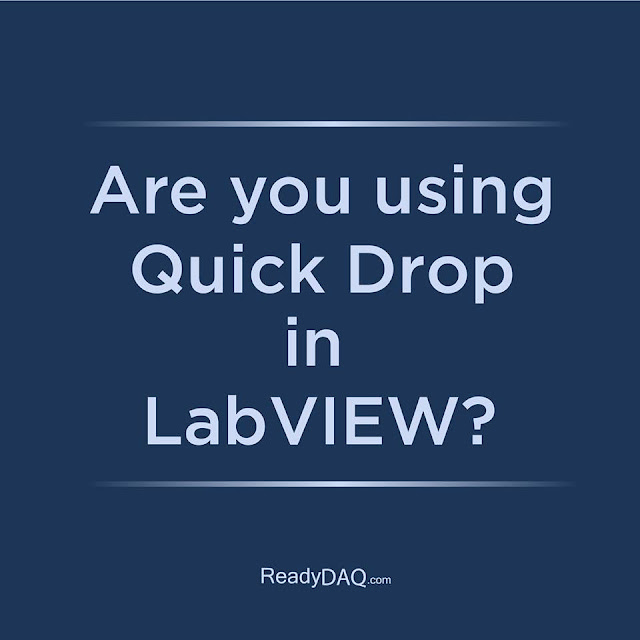Similarly, as with any buzz point in the tech world, there's a great
deal of paranoia around the Internet of Things. Furthermore, in the
security circle, there's much pointless FUD - Fear, Uncertainty, and
Doubt – spread by industry sellers to get individuals appropriately
frightened so they sprinkle money on purportedly essential assurance.
Take the instance of the spamming icebox. Scientists proposed the savvy ice chest had been bargained to hand-off reams of irritating messages, as frequently happens to typical PCs. However, Symantec found the ice chest was basically on a similar system and utilizing a similar IP address as a hacked Windows PC, which was truly the thing in charge of the spam. Advanced listeria this was most certainly not.
However, there are motivations to be frightful of the Internet of Things (IoT), a name covering the systems of implanted gadgets, from brilliant meters to associated cars, which speak with each other in a computerized design to make our lives more effective.
Such associated, self-sufficient machines have been around for a considerable length of time, yet the reason it is presently on the tips of tech firms' PR tongues each day is that quantity of associated gadgets is rising quickly into new ranges, similar to toothbrushes and bathtubs. As per Gartner gauges, the IoT will comprise of 26 billion units by 2020, and at that point, the business will be worth $300 billion.
The issue is that a significant number of the producers of these machines are not adopting the safe by-outline strategy. They are learning at work right now.
Take the instance of the spamming icebox. Scientists proposed the savvy ice chest had been bargained to hand-off reams of irritating messages, as frequently happens to typical PCs. However, Symantec found the ice chest was basically on a similar system and utilizing a similar IP address as a hacked Windows PC, which was truly the thing in charge of the spam. Advanced listeria this was most certainly not.
However, there are motivations to be frightful of the Internet of Things (IoT), a name covering the systems of implanted gadgets, from brilliant meters to associated cars, which speak with each other in a computerized design to make our lives more effective.
Such associated, self-sufficient machines have been around for a considerable length of time, yet the reason it is presently on the tips of tech firms' PR tongues each day is that quantity of associated gadgets is rising quickly into new ranges, similar to toothbrushes and bathtubs. As per Gartner gauges, the IoT will comprise of 26 billion units by 2020, and at that point, the business will be worth $300 billion.
The issue is that a significant number of the producers of these machines are not adopting the safe by-outline strategy. They are learning at work right now.



























